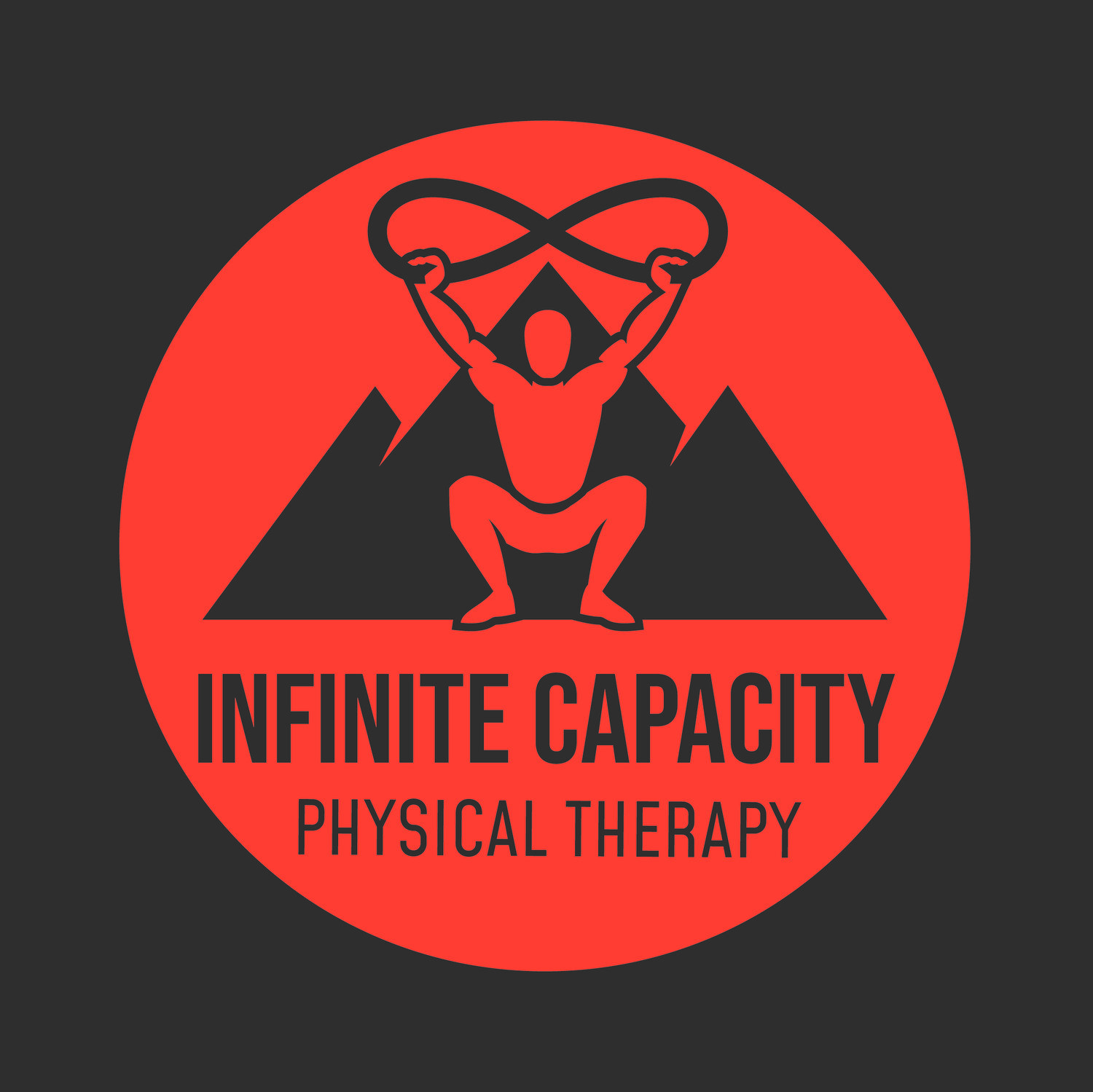PLANTAR FASCIITIS
Heel pain is a common condition in both nonathletic and athletic populations, with runners experiencing plantar fasciitis as a common injury. Pain due to plantar fasciitis is related to a thickening of the plantar fascia which is a soft tissue connecting from the toes to the heel.(1)
This thickening of the plantar fascia is what conservative treatment such as physical therapy aims to address. Through exercises such as stretching and foot/ankle strengthening, we will attempt to load that tissue, resulting in a positive tissue adaptation and restructuring over time. This change in tissue can lead to changes in plantar fascia structure and decreases in thickness, which has been shown to decrease pain levels.(1)
These changes in tissue can take some time. A study in 2019 comparing surgery to physical therapy for soft tissue conditions similar to plantar fasciitis recommends to “encourage patients to comply with loading exercise treatment for at least 12 months before the option of surgery is seriously entertained.”(2) In fact, it has been documented that the mean duration of plantar fasciitis symptoms is between 13 and 14 months.(1)
Think you have plantar fasciitis and looking for a loading program to begin that positive tissue adaptation?
References
1. Martin RL, Davenport TE, Reischl SF, et al. Heel pain-plantar fasciitis: revision 2014. J Orthop Sports Phys Ther. 2014;44(11):A1–A33. doi:10.2519/jospt.2014.0303
2. Challoumas D, Clifford C, Kirwan P, Millar NL. How does surgery compare to sham surgery or physiotherapy as a treatment for tendinopathy? A systematic review of randomised trials. BMJ Open Sport Exerc Med. 2019;5(1):e000528. Published 2019 Apr 24. doi:10.1136/bmjsem-2019-000528
